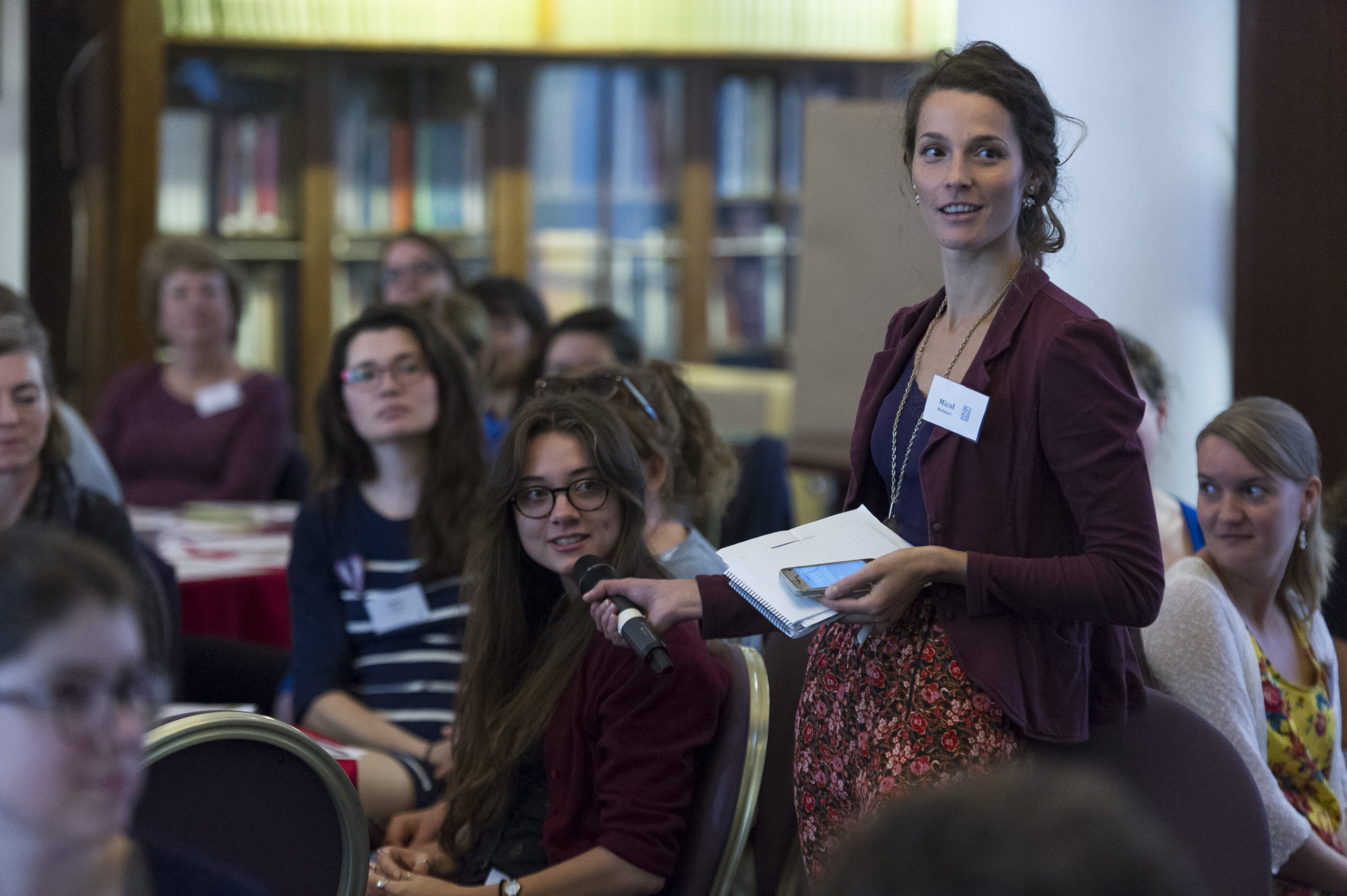The following is an extract from Science capital made clear publication, written by the Enterprising Science team at King’s College London:
The concept of science capital is gaining prominence within science education and informal science learning policy, practice and research. The concept is useful because it provides a common language and framework that resonates with the experiences and observations of many stakeholders across these fields. However, we have noted that, as its usage spreads, science capital is not always clearly understood and is often interpreted in different ways. Here we outline – and clarify – some common misconceptions.
Myth #1: Science capital is the same as science literacy
Science literacy (science knowledge, skills and appreciation of science) is an important part of science capital – but science capital is not just science literacy. Science capital also includes other practices including what you do, who you know, and what your family values.
Myth #2: Science capital is just cultural capital
Students with high science capital also tend to have high cultural capital – that is, on the whole, students with high science capital are more likely to come from socially advantaged backgrounds and those with low science capital are more likely to come from disadvantaged backgrounds. However, this is not always the case. For instance, a socially advantaged student may have low science capital and a socially disadvantaged student may have high science capital, depending on their specific science-related resources. In other words, science capital is not reducible to cultural capital and statistical analysis shows that science capital produces a finer-grain analytic lens for predicting young people’s science aspirations and science identity, compared to cultural capital.
Myth #3: Science capital is the only factor affecting science participation
Science capital is an important factor influencing science aspirations and participation in science but is not the only factor and it does not operate in isolation. Our research highlights the importance of multiple factors, including gender, ethnicity, teachers, educational systemic factors, issues of representation and the culture of science, and so on. In other words, a student with high science capital will not automatically pursue post-16 science – but students with high science capital are significantly more likely to aspire to post-16 science. Most importantly, they are more likely to see science as being ‘for me’.
Myth #4: Science capital can be measured by a single survey question
Our analyses of a large number of survey questions (“items”) have identified a set of smaller c.14 items which have the strongest statistical relationship to science aspirations and science identity. We suggest that these items represent a useful ‘backbone’ to the concept of science capital, which is amenable to measurement. However, it would not be meaningful to measure science capital quantitatively through a smaller number or subset of these questions (for instance via a very short ‘exit poll’). We also believe that an interest in quantitatively ‘measuring’ science capital should not over-shadow the importance of qualitatively understanding the ways in which science capital ‘works’ in practice.
Myth #5: The main value of science capital is as a quantitative ‘instrument’ for measuring change
We see a key value of science capital being its potential as a reflective tool to help us to understand the influences affecting a young person’s participation (or not) in science. It is also equally valuable as a concept for informing policy and practice. We hope that our science capital surveys offer practitioners and researchers a concrete way to explore, compare and map changes in science capital (e.g. as the result of an intervention) – but this needs to be approached with care, recognizing that surveys are relatively blunt instruments.
Myth #6: Science capital is fixed
Science capital is not fixed: what capital you possess will change over time and will depend on context. Our argument is that educators are able to help to build a student’s science capital, by valuing and linking students’ experiences from home with science, and by addressing the different science capital dimensions in their practice.
Myth #7: A science capital approach only focuses on changing students
Because science capital incorporates a number of dimensions, building science capital will inevitably require a holistic approach. But it also requires changes to the wider context – because the value of a student’s capital will be shaped by the context that they are in. It is therefore important to focus on changing institutional and system-wide structures and policies to enable more forms of science capital to be recognized and valued. Our final section (‘Adopting a science capital approach in practice’) provides more detail.
MyTh #8: A science capital approach is only beneficial to particular social groups/types of student
Our research, and findings from teachers who have been adopting a science capital approach with diverse groups of students (from socially privileged, high attaining students in the independent sector to socially disadvantaged low attaining students in urban comprehensive schools), shows that it can be beneficial for all young people and teachers.
Myth #9: We know everything we need to know about science capital
Understanding science capital is a work in progress! We are studying the ways in which educators can most effectively build science capital. From our data so far, it seems that small but cumulative changes in practice – e.g. valuing students’ home experiences; encouraging science-based conversations out of school – are effective.
